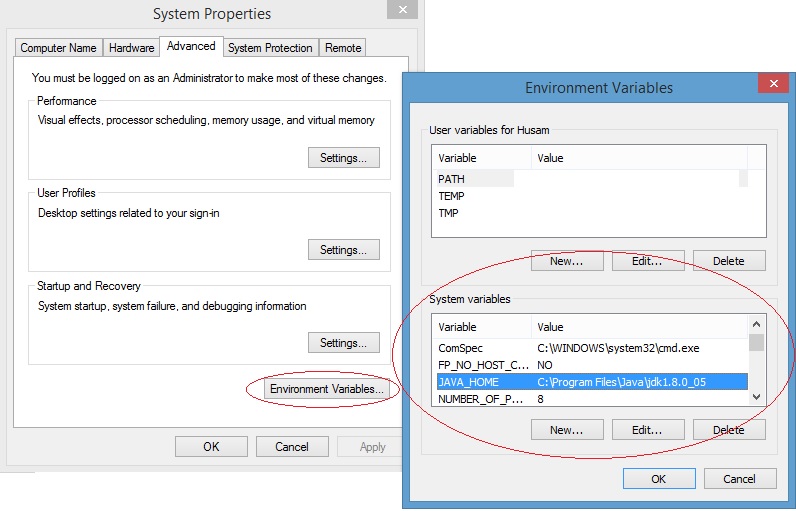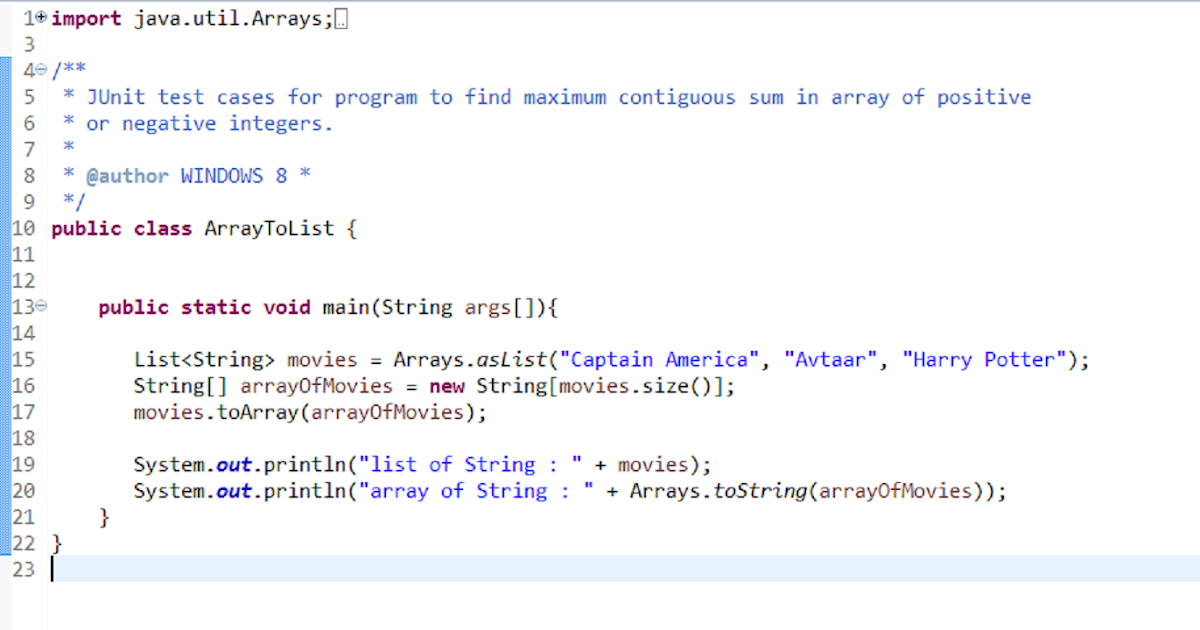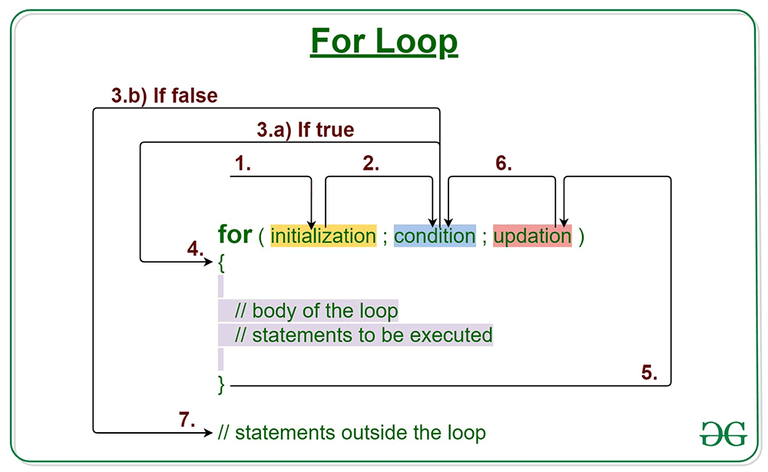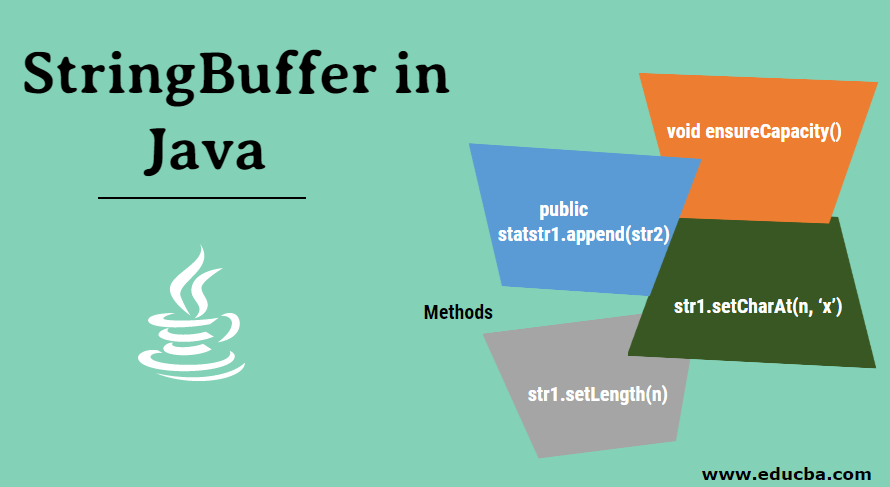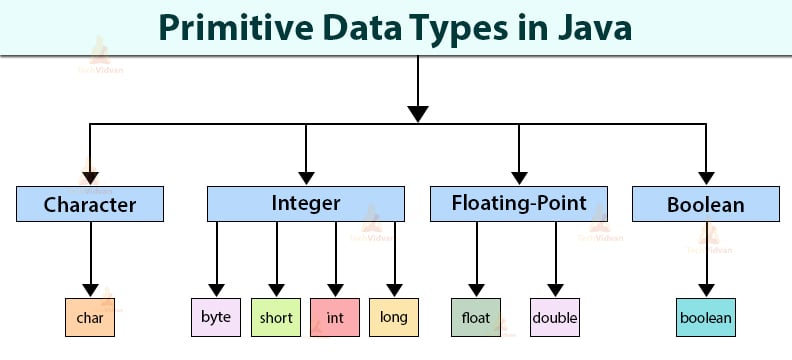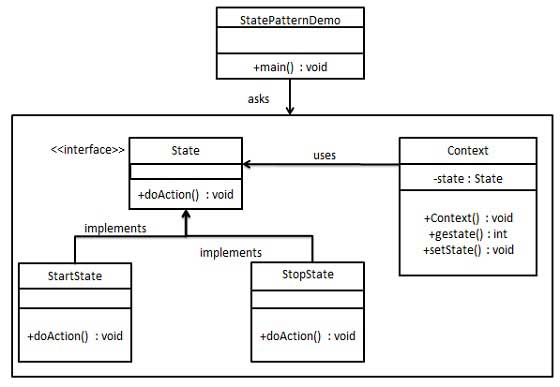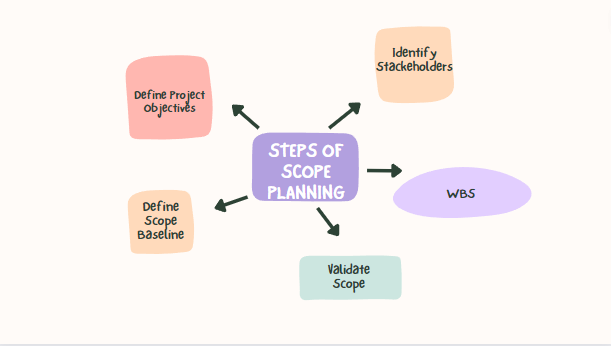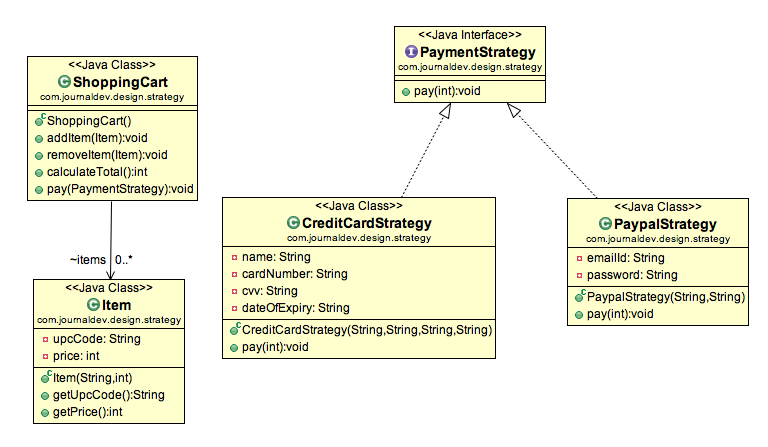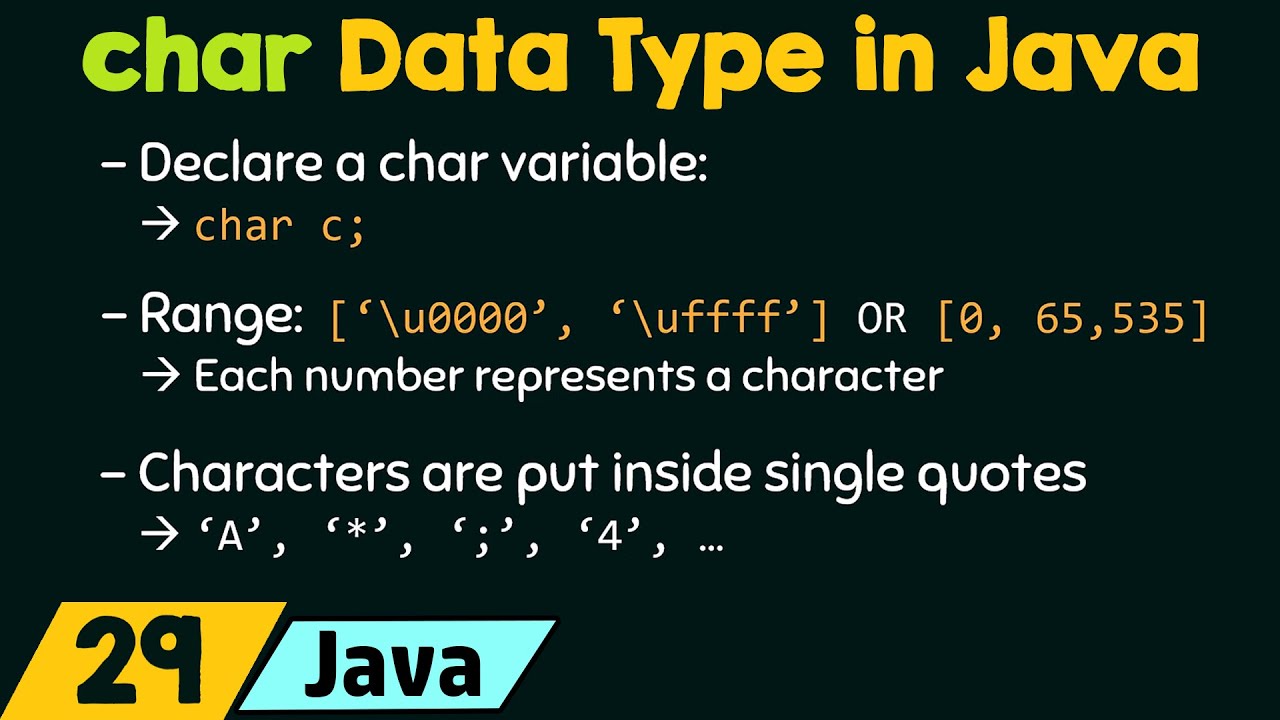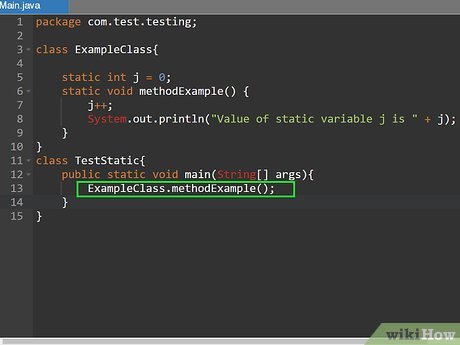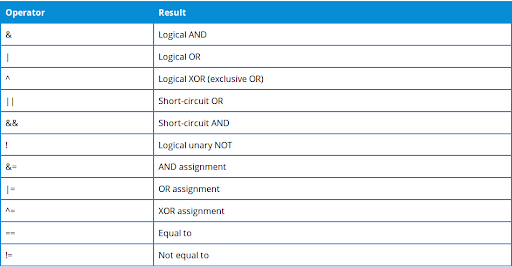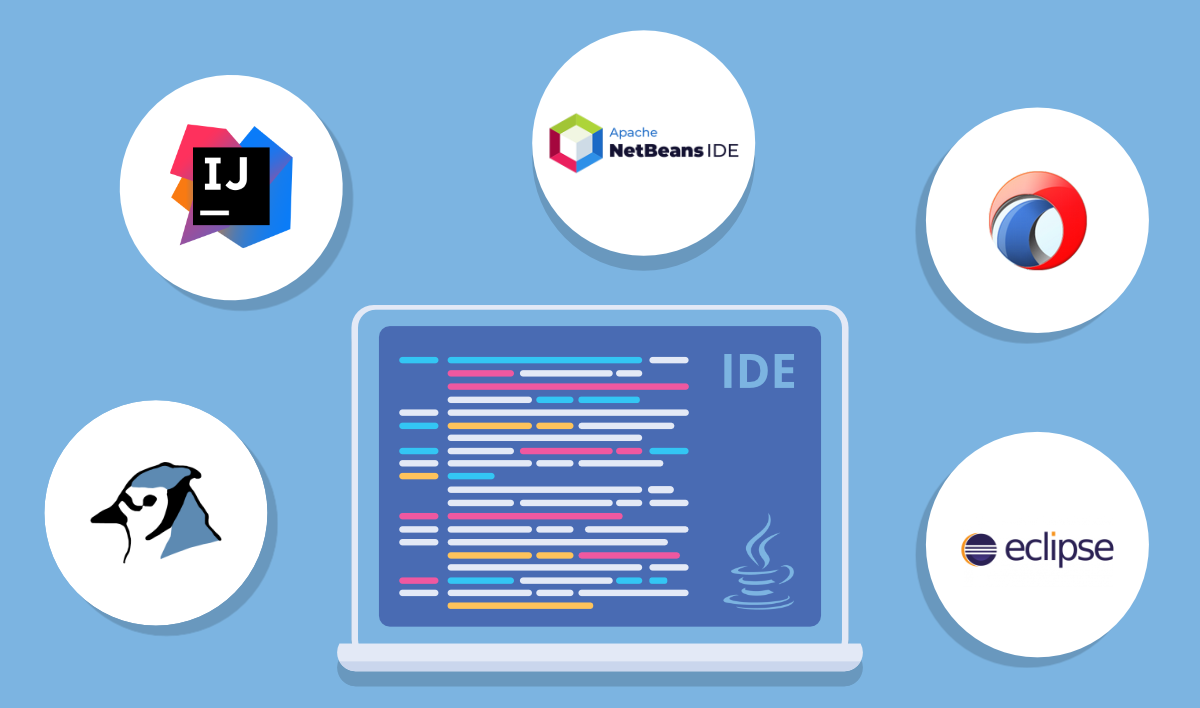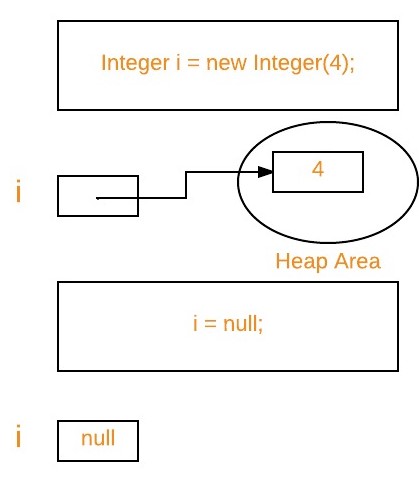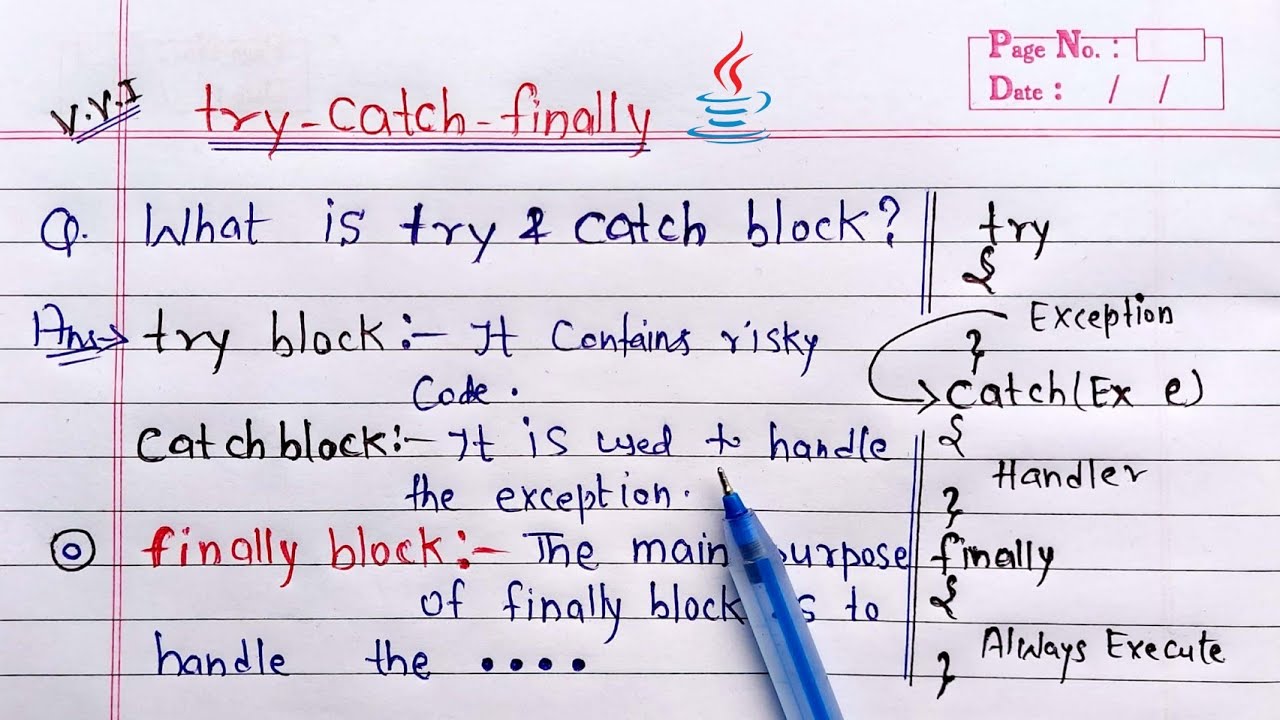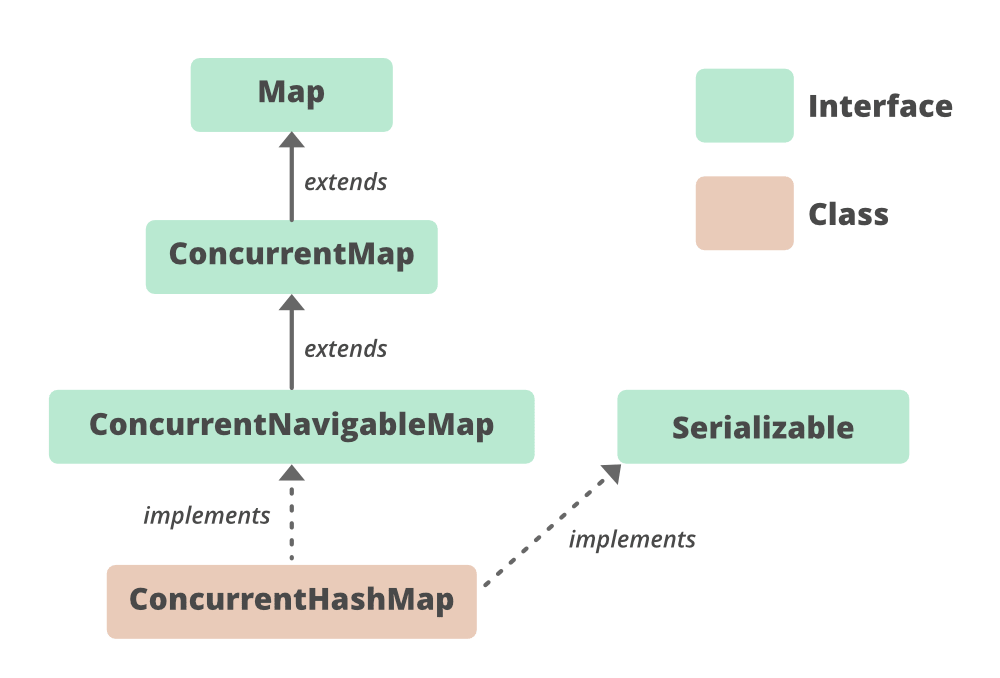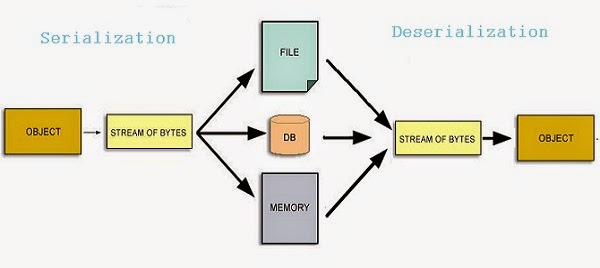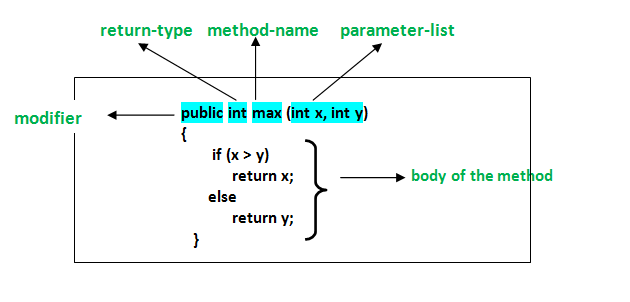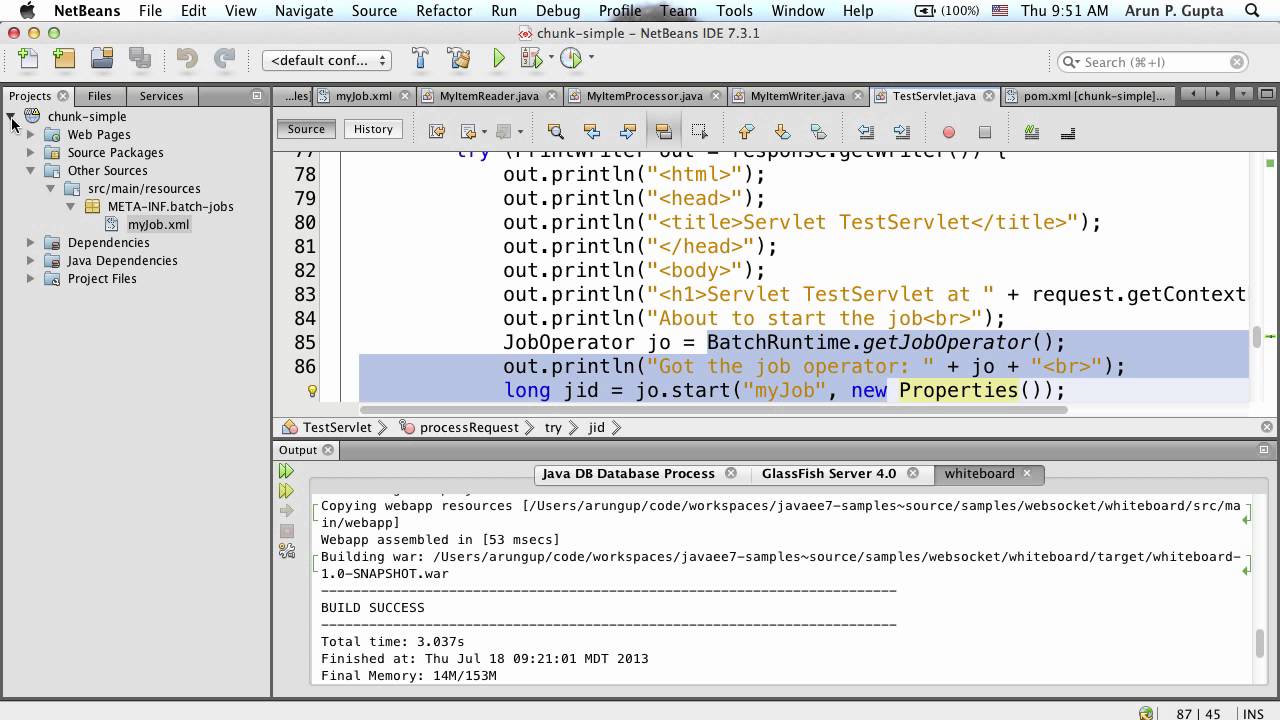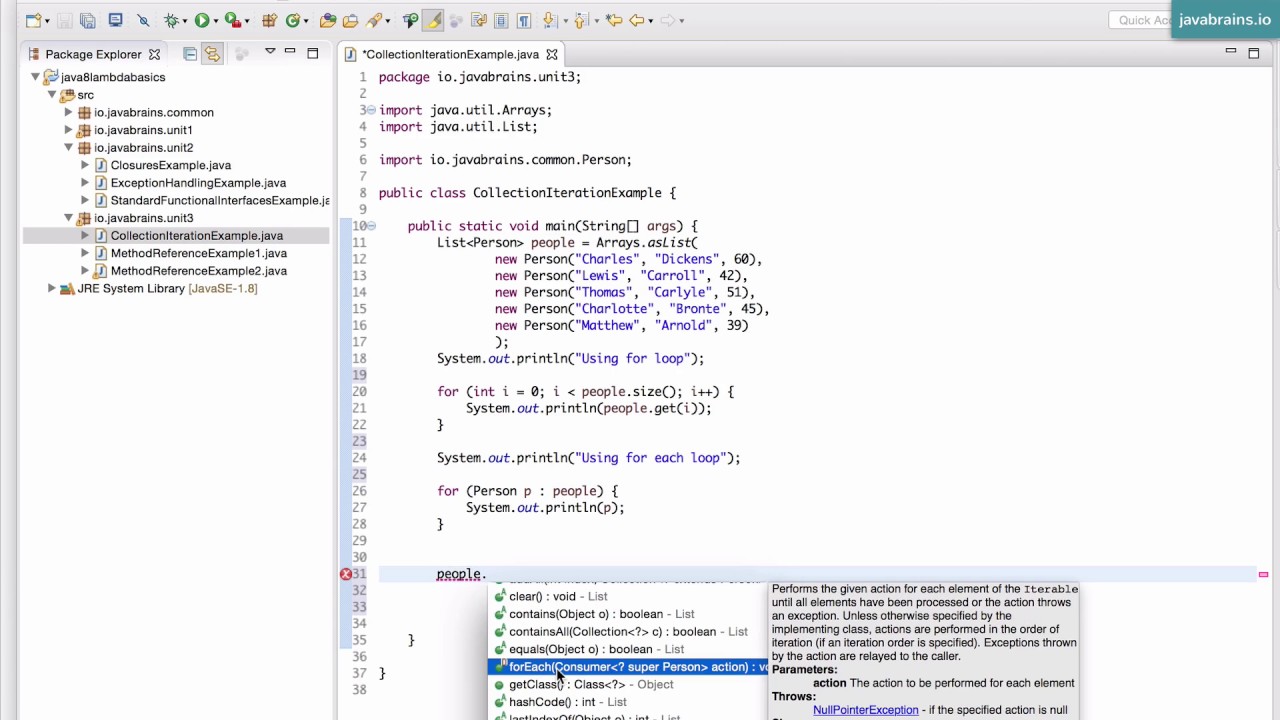java jit vs aot
java jit vs aot
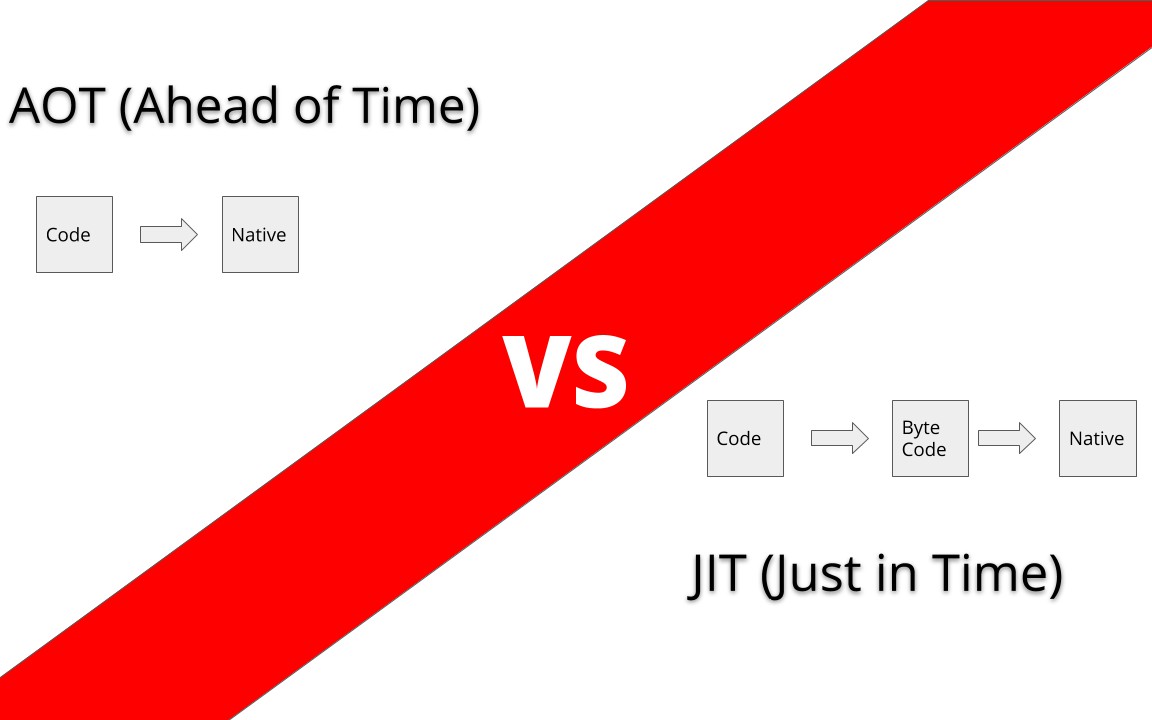
I'll respond in English for this question.
Java JIT (Just-In-Time) and AOT (Ahead-Of-Time) are two compilation strategies used to optimize the performance of Java programs. Understanding the differences between these two approaches can help you make informed decisions about how to best compile your Java code.
JIT Compilation
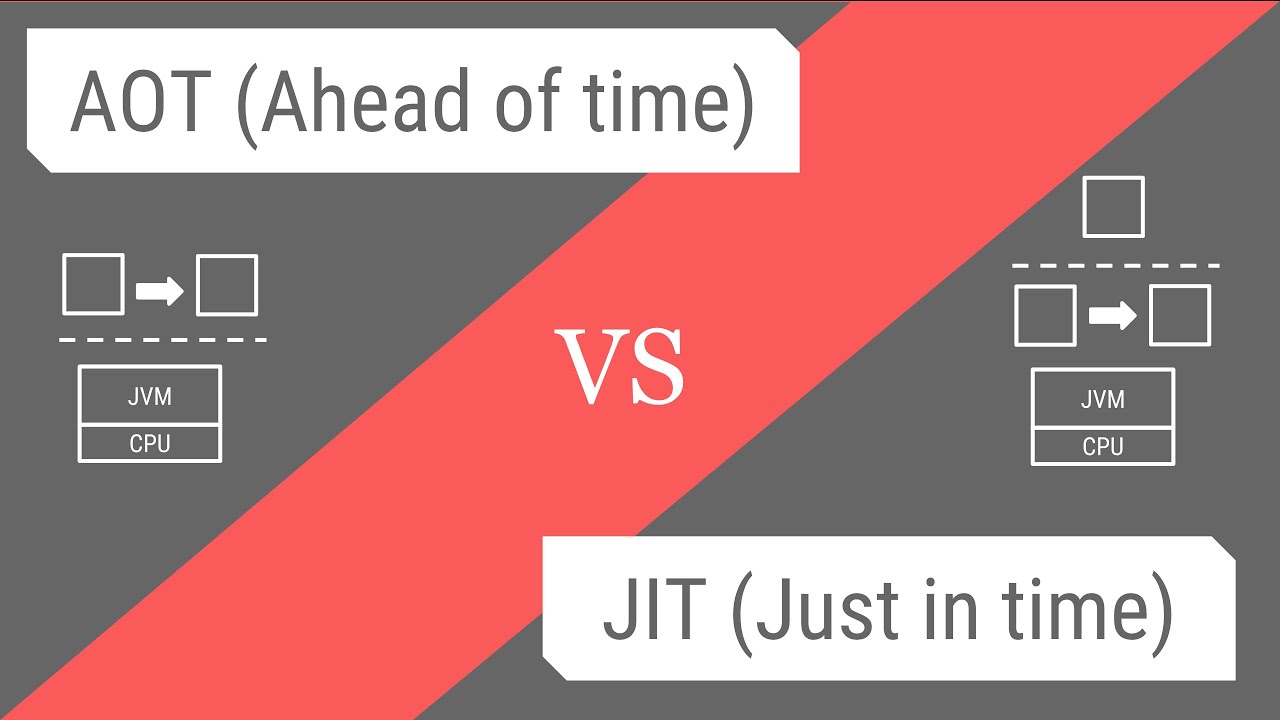
In JIT compilation, the Java Virtual Machine (JVM) compiles the bytecode into native machine code at runtime. This process is called just-in-time because it happens when the program needs the code, rather than ahead of time. The JVM uses profiling information and runtime feedback to determine which parts of the code are frequently executed and should be optimized.

Here's a step-by-step breakdown of how JIT compilation works:
Interpretation: When you run your Java program, the JVM interprets the bytecode line by line.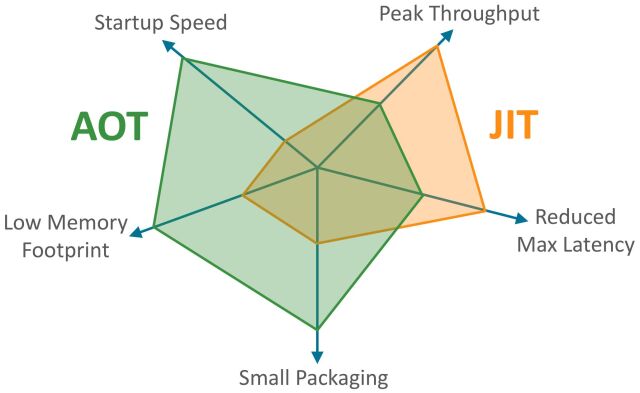
AOT Compilation
Ahead-of-time compilation, on the other hand, compiles Java bytecode into native machine code before runtime. This process is called ahead-of-time because it happens before the program needs the code.
Here's a step-by-step breakdown of how AOT compilation works:
Compilation: You use a tool like gcj or Excelsior JET to compile your Java bytecode into native machine code. Linking: The compiled code is linked with other libraries and modules. Loading: The resulting executable file is loaded into memory.Key Differences
Now that we've covered the basics of JIT and AOT compilation, let's highlight the key differences:
Timing: JIT compiles code at runtime, while AOT compiles code before runtime. Control: JIT gives the JVM more control over the optimization process because it has access to profiling information and can adjust its compilation strategy accordingly. AOT compilation is a one-time process without feedback from runtime. Performance: Both JIT and AOT compilation aim to improve performance, but they achieve this in different ways. JIT focuses on optimizing hotspots at runtime, while AOT compiles the entire program ahead of time.Choosing Between JIT and AOT
So, when should you choose between JIT and AOT compilation? Here are some guidelines:
Dynamic languages: If your Java program needs to dynamically load libraries or execute code in response to user input, JIT might be a better choice because it allows for more flexibility. High-performance applications: If you're building high-performance applications that require maximum execution speed, AOT might be a better choice because it can provide optimized machine code from the start. Large-scale deployments: For large-scale deployments or distributed systems, JIT compilation might be a better choice because it allows for more flexibility and control over the optimization process at runtime.In conclusion, both JIT and AOT compilation have their strengths and weaknesses. Understanding these differences can help you make informed decisions about how to best compile your Java code for optimal performance.
java force jit compilation
Here's a comprehensive explanation of Java Force Jit Compilation:
What is JIT (Just-In-Time) Compilation?
JIT compilation is an optimization technique used by the Java Virtual Machine (JVM) to improve the performance of Java programs. It involves compiling parts of the Java bytecode into native machine code at runtime, instead of during the compile-time process.
How does JIT Compilation work?
The JVM uses a combination of profiling and statistical analysis to determine which methods or blocks of code are most frequently executed and likely to benefit from compilation. Once identified, these methods are compiled into native code using the JVM's just-in-time compiler. This compilation is performed on-the-fly as the program runs, allowing for dynamic optimization.
Java Force Jit Compilation
Java Force JIT compilation is a technique that leverages the power of JVM's JIT compilation to improve the performance of Java programs. It involves forcing the JVM to compile specific methods or blocks of code into native machine code at runtime, rather than relying on the JVM's profiling and statistical analysis.
Here are some key benefits of Java Force JIT compilation:
Improved Performance: By explicitly compiling specific methods or blocks of code, developers can improve the performance of their Java programs by reducing the overhead associated with bytecode interpretation. Faster Execution: Compiled native code typically executes faster than interpreted bytecode, resulting in improved program responsiveness and overall system performance. Better Error Handling: Compiling specific code blocks into native machine code at runtime allows for better error handling and debugging capabilities, as errors can be detected and handled more effectively.How to Force JIT Compilation in Java
To force JIT compilation in Java, developers can use various techniques such as:
Using the -XX:+UseStringCache flag: This flag enables string caching, which can improve performance by reducing the overhead associated with creating new strings. Enabling the Tiered Compilers: The JVM's tiered compilers (GraalVM and C2) provide more advanced compilation techniques that can further optimize code. Using the -XX:+CompileCommand flag: This flag allows developers to specify specific methods or blocks of code to be compiled at runtime.Best Practices for Force JIT Compilation
To get the most out of Java Force JIT compilation, developers should follow best practices such as:
Profile and Optimize Critical Code Paths: Identify performance-critical code paths and optimize them using techniques like loop unrolling and caching. Use the Right JVM Flags: Experiment with different JVM flags to find the optimal settings for your specific use case. Monitor Performance Metrics: Monitor performance metrics such as CPU usage, memory utilization, and garbage collection frequency to identify areas where JIT compilation can have a significant impact.Conclusion
Java Force JIT compilation is a powerful technique that can significantly improve the performance of Java programs. By explicitly compiling specific methods or blocks of code at runtime, developers can reduce overhead, improve execution speed, and enhance error handling capabilities. With proper profiling, optimization, and flag configuration, Java Force JIT compilation can be an effective tool for achieving optimal Java program performance.
Word Count: 306
